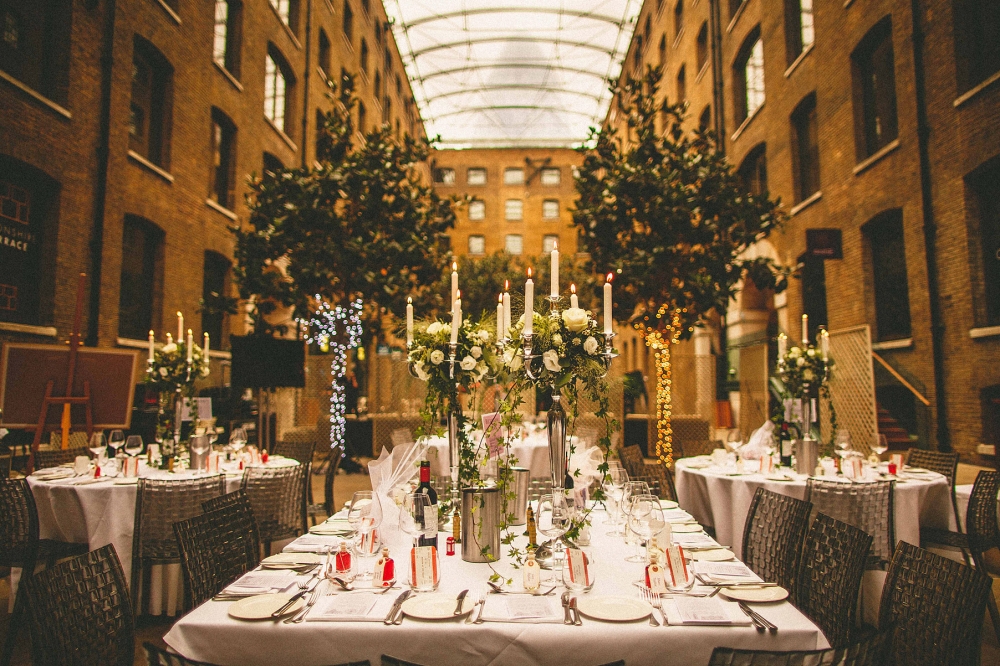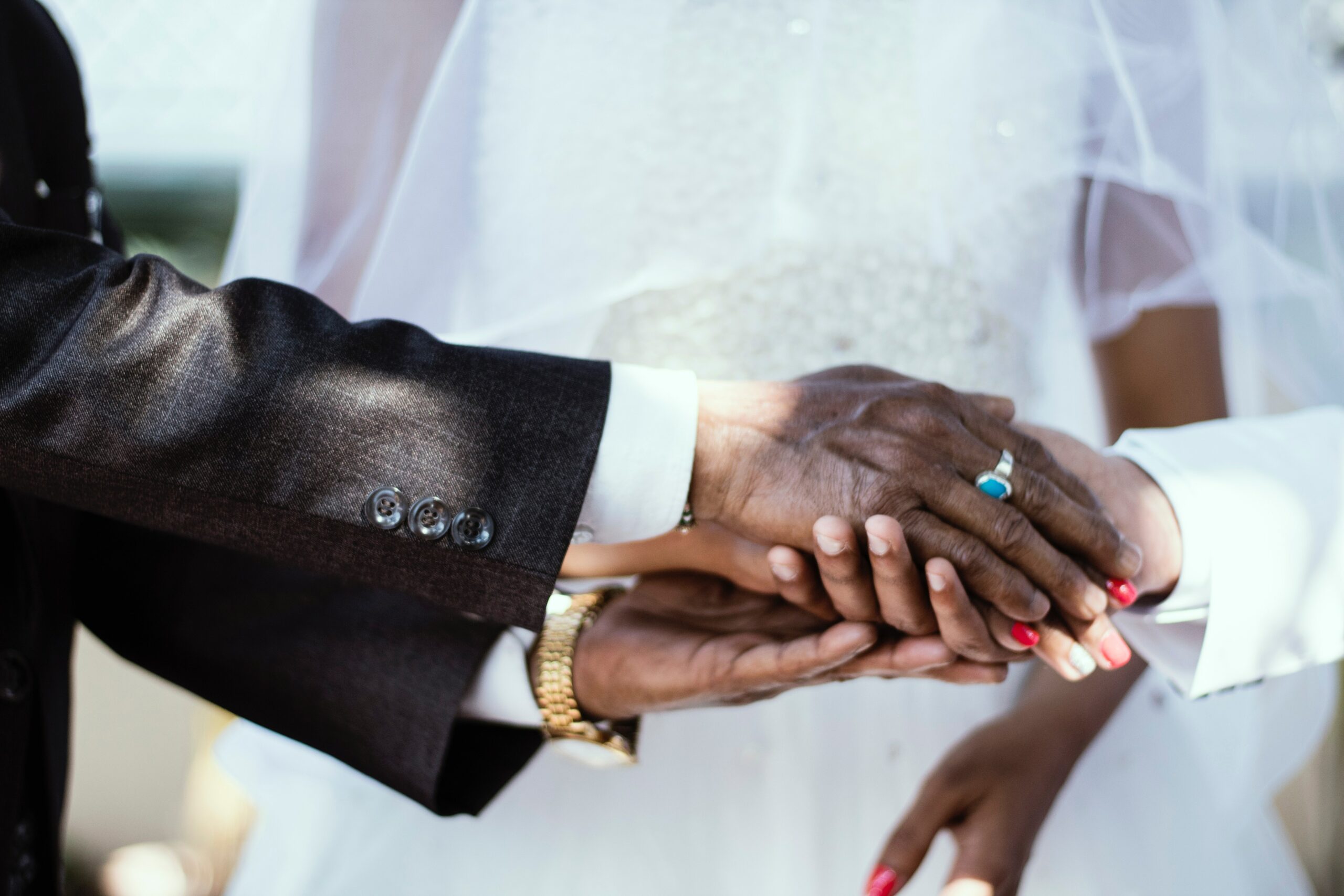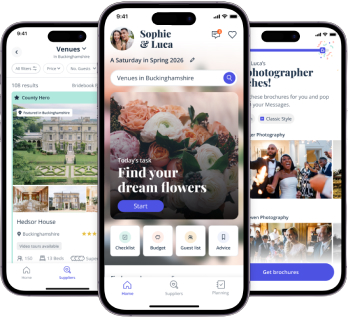
Diverse weddings are very typical these days. It’s likely that the wedding guests and even the engaged couple themselves will come from a variety of backgrounds, such as different geographical locations, religions, cultures, and lifestyles. Diverse weddings can be beautiful and unique due to differing customs and traditions. Couples are always trying to think of ways to personalise the wedding ceremony or reception with special touches that show who they are as a couple and including cultural and traditional touches is a great way to do it. The question is, how do you plan a diverse wedding that blends geographic, religious, lifestyle, and cultural elements?

Do Your Research
The obvious place to start is to research the different wedding traditions of each family. Parents and grandparents can be a wealth of knowledge in this area. Ask them about the traditions they had at their own weddings and have them explain any customs you don’t know about. After you’ve picked their brains thoroughly, turn to online resources such as Pinterest and Google for more ideas. Blogs, websites, and books are great places to find tips on how to incorporate the different customs and traditions at your ceremony and reception.
Narrow Down Your Choices
Once you’ve done your research, you’ll probably have a pretty extensive list of ideas. Narrow down your list and decide which ones you want to include. Creating a board on Pinterest is a great way to organise your favorite images so that you can share them with your vendors, family, and wedding party for input. Remember, you don’t have to include every single custom or tradition… just use the ones that feel right to you and have the most meaning to you and your fiancé.
Choose Your Wedding Planner Carefully
Many wedding planners will specialise in weddings that celebrate specific lifestyles, backgrounds, or cultures. If you can find a wedding planner that knows about the various menu items, music, dances, traditions, and customs you want to include, your planning will go much more smoothly. Often, your wedding planner will even have a list of vendors and other resources who can help you create exactly the feel and your going for with your multicultural ceremony and reception.
Hire an Officiant Who’s Open to Performing a Diverse Ceremony
Some officiants won’t be open to performing a ceremony that might be quite a bit different than what they’re used to. When you meet with officiants, be careful to explain what you’re looking for in detail, and make sure they’re comfortable with it. If you can’t find someone on your own, don’t hesitate to ask your friends, family, and wedding planner for recommendations. One option for an interfaith ceremony may be to have two officiants that work together to perform the ceremony, one from each religion or culture you wish to incorporate.
Be Sure Your House of Worship Will Allow an Interfaith Ceremony
If you plan to have your ceremony at a house of worship, you’ll need to follow the same guidelines you did for choosing your officiant. Some houses of worship will be fine with diverse ceremonies that incorporate different faiths or lifestyles, but others may not. To avoid problems later, be very clear when you make your booking what your vision is for the ceremony and make sure they will allow it.
Create a Wedding Program
Creating a wedding program is a great way to explain different traditions and customs from the ceremony. It’s a great way to elaborate on parts of the wedding ceremony that some guests might not know about. If you need help writing the descriptions, ask your officiant or wedding planner to help you.
Music and Special Dances are a Great Way to Incorporate Different Cultures
Music is a great way to include different faiths and backgrounds. “Make sure your DJ or band is familiar with any special dances or songs you want to include at the ceremony or reception,” recommends the wedding music experts from Around Town Entertainment. You might even want to search out a band or DJ that specialises in the type of music you’re looking for. If the two of you plan to do a traditional dance that you don’t already know, be sure to sign up for some lessons ahead of time and learn the steps. If you really want to make an impression, you could have your entire bridal party learn a specific dance and perform it at the reception.
Create a Diverse Menu
Another fun way to incorporate different cultures and backgrounds is with the food. Create a diverse menu that includes dishes from each of your backgrounds. Work with your caterer to create a menu that incorporates your favorite flavors and recipes from both of your regions or cultures. Even your cocktail choices, wedding cake, and desserts can be inspired by your cultural diversity.
Consider “Traditional” Fashions
One way to honour your heritage is to wear “traditional” dress during your ceremony or at your reception. In China, the bride often wears a red dress. In Korea, brides and grooms wear a garment called a hanbok. In India, the bride wears a saree. Be sure to let your photographer know if you plan an outfit change so that they set aside time to photograph both looks.
Consider Holding More Than One Ceremony
If there are several traditions you want to include or incorporating two faiths into one ceremony isn’t working out, you might want to consider having a second ceremony. The second one could be held on a different day and in a different place, or you could have them both on the same day. If you held them on the same day, you could hold just one reception for both sides of the family.
Make it Your Own
Although the whole idea is to honor both backgrounds, make sure that the details reflect your own personal sense of style. You don’t have to make culture the theme for your entire day, just include elements that complement the feel and look you’re going for. For example, if you want to honor Jewish tradition by having a chuppah during the ceremony, choose one that complements the style of the rest of your wedding, whether it’s minimal, modern, or romantic florals.
Planning a diverse wedding may take some extra work, but it will be worth it. By incorporating different elements from each of your backgrounds, you will create a ceremony and reception that are completely unique to the two of you. These special touches can make your day one that you and your guests will remember for years to come.

